“Do you know much about the history of Finland?” asks the First Mate. “It’s a country I am not really familiar with.”
We are sailing across the northern Bay of Bothnia towards Kemi, a town in the north of Finland. It’s a gentle west wind, so we have rigged the sails in a ‘goose-wing’ arrangement with one sail out each side to catch the wind coming from directly behind us.
I have to admit that I don’t know much about it either. I pick up the Lonely Planet guide to Finland and begin reading the history section.
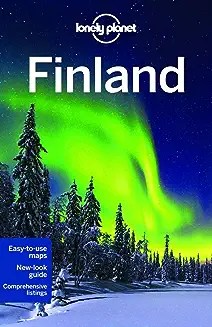
“Finland was under Swedish rule since the 13th century as part of the Swedish Empire”, it tells me. “Then in the early 1700s, the Great Northern War occurred between Sweden on one hand and Russia, Denmark and the other Baltic powers on the other. Sweden was beaten, which marked the beginning of the end of the its empire.”
“I suppose that is why so many people in Finland still speak Swedish as a first language”, says the First Mate. “Especially along the west coast.”
“During that war, Russia occupied Finland in 1714, and although Sweden regained it the final peace treaty in 1721, Russia occupied it again in 1743”, Lonely Planet continues. “After a bit more toing and froing between Russia and Sweden, Sweden finally ceded it to Russia in 1809, when it became a semi-autonomous Grand Duchy within the Russian Empire.”
“The poor old Finns must have been pretty fed up by that stage”, says the First Mate. “Waking up in the morning hardly knowing who was ruling you.”
“Yes, that was the beginnings of Finnish nationalism”, I say. “They had a saying, ‘Swedes we are not, Russians we will not become, so let us be Finns’.”
“Sounds fair enough”, says the First Mate. “So when did they become independent?”
“The Russian Revolution occurred in 1917”, Lonely Planet answers. “So the Finns took advantage of that and declared independence. The communists in Russia actually didn’t mind, as they hoped that Finland would also become communist. This resulted in a civil war in Finland between the Whites, who wanted a monarchy, and the Reds, who wanted a socialist revolution.”
“Didn’t the Germans somehow get involved too?”, asks the First Mate.
“Yes, the Whites asked for help from Imperial Germany and eventually won”, I say. “A German prince became the King of Finland, but only lasted a month before Germany was defeated in WW1. So Finland ended up being a republic instead.”
The wind has shifted around to the north slightly, and I change the sail configuration to a starboard tack. We have crossed the imaginary border and are now officially in Finland. In the distance we can see a giant factory, smoke pouring into the atmosphere.

“They talk about the Winter War”, asks the First Mate after the sails have been trimmed. “What was that all about?”
“Well, in 1939, the pact between Germany and Russia divided eastern Europe into spheres of influence”, Lonely Planet continues. “Russia gained a free a hand in Finland. The Russians demanded that a piece of territory in south-east Finland, Karelia, become part of Russia. The Finns weren’t too keen about that, so went to war about it. That became known as the Winter War. Despite fierce fighting in harsh conditions by the Finns, the Russians eventually won and took Karelia. But the Finns saw it as a victory, as they had stopped Russia from taking over the whole of Finland as it had threatened.”

“Sounds very similar to present day events in Ukraine”, says the First Mate. “But I read somewhere that the Nazis also stuck their oar in.”
“Yes, that’s right”, I say. “When the Nazis turned on Russia in 1941, the Finns took advantage and also declared war on Russia to try and gain Karelia back. This became known as the Continuation War. Unfortunately for them, Russia managed to beat them again. In the peace treaty after the war, Finland had to agree to let Russia keep Karelia and other bits and pieces, as well as to pay heavy reparations to Russia. Not only that, the Finns then had to wage war against the Germans to drive them out of Lapland in the far north.”
“Wow, they’ve certainly had their fair share of fighting”, says the First Mate. “Having two powerful neighbours probably didn’t help.”
“We’re coming into Kemi”, I say, checking the chart-plotter. “We need to be careful now.”
The four-mile approach into Kemi is through extremely shallow water of only a few centimetres deep. With our two-metre draft, we need to be careful.
“As long as we keep to the buoyed channels, we’ll be OK”, I say, in response to the First Mate’s worried look, with more confidence than I feel. “The chap back in Gärdsviken said that the channels are dredged to 2.5 m, so we shouldn’t have a problem.”
Nevertheless, I station the First Mate on the bow to keep an eye out for any uncharted rocks.
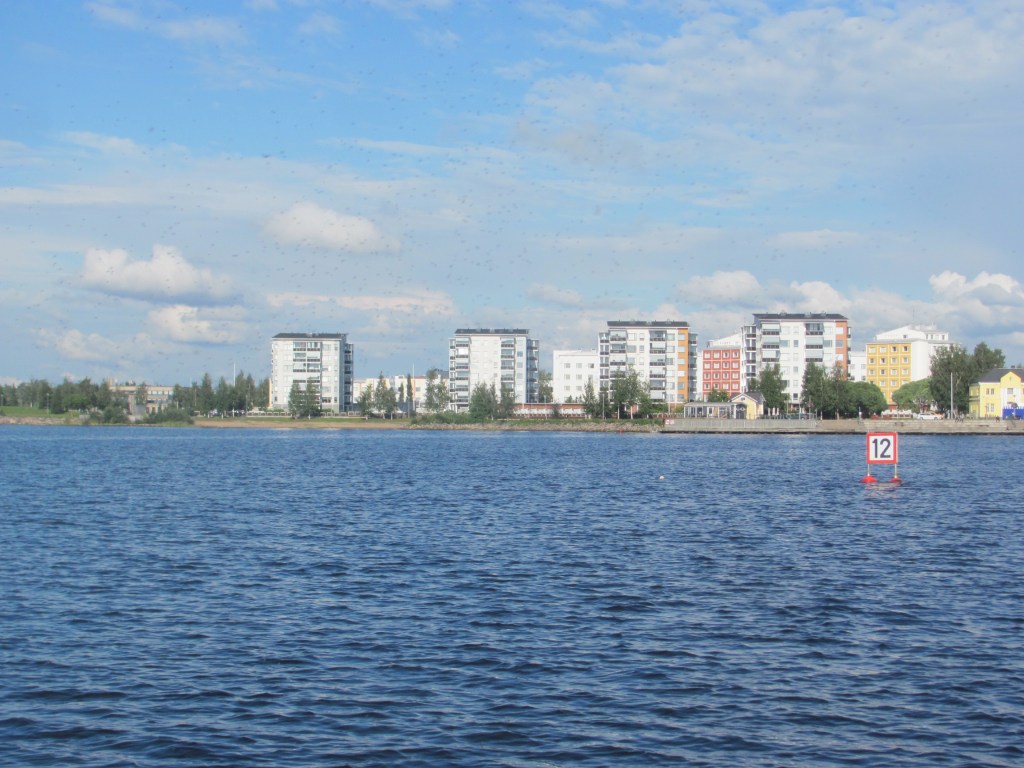
Luckily, the buoys are relatively easy to spot, and there is an ingenious system of leading lines with bright fluorescent orange and yellow marker boards to help keep us on the right track. We take it gingerly, and eventually reach the small Vierassatamat, or guest harbour, in Kemi. The couple from the only other boat in the harbour help us tie up next to them.
We strike up a conversation with them over a glass of wine watching the sunset.
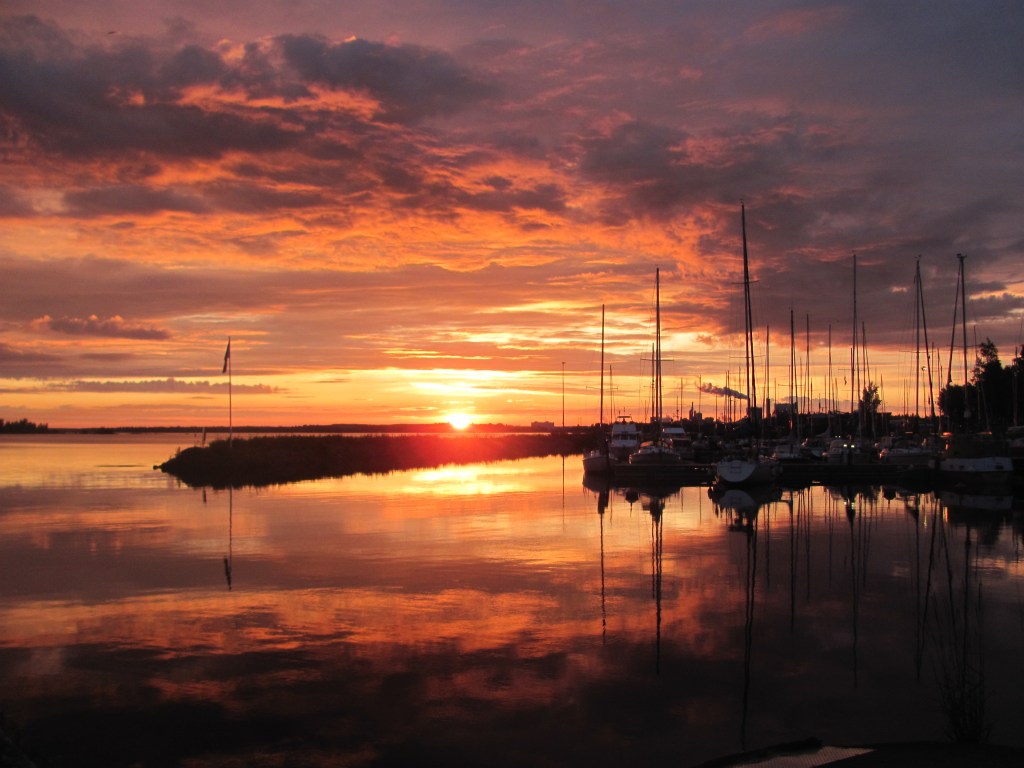
“Despite all the problems we have had in the past, somehow we have managed to maintain our political independence”, the woman says. “Since WW2, we had to play a very delicate balancing act of not annoying Russia too much, but also integrating more with the west. It was called Finlandization. But we really see ourselves as part of Europe. We joined the EU in the 1990s, and just recently we have become part of NATO.”
“I just read that Finland has been identified as the happiest country in the world”, I say. “For the sixth time, I believe.”
“Yes, we are pretty happy overall”, she says. “We have a beautiful country, people feel close to nature, even those living in the cities, and we have trust in our politicians and each other. And we have a strong national identity, in part because of our unique language. There’s a lot to be happy about.”
There’s a lesson in there somewhere, I think as we prepare the dinner.
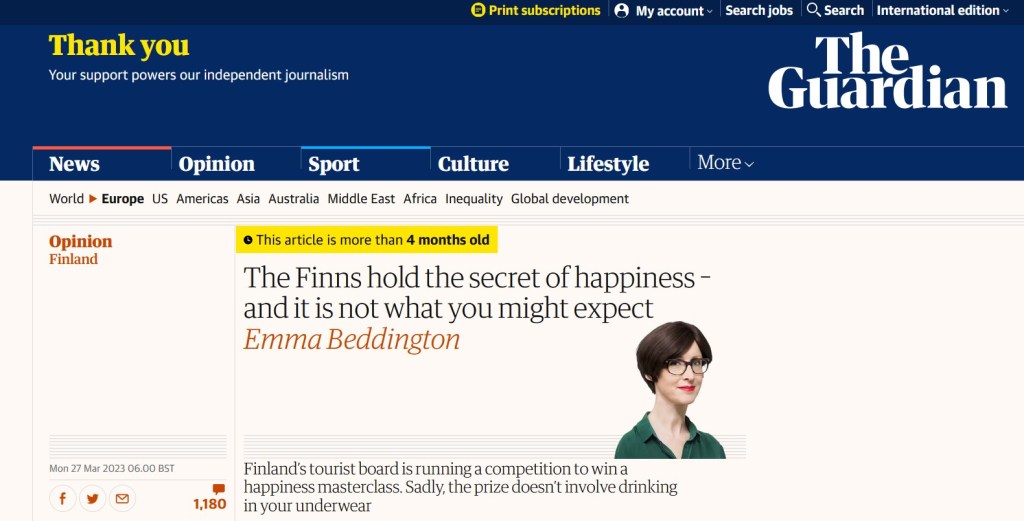
“We really should go and see Rovaniemi”, says the First Mate later that evening. “The home of Santa, and all that. More seriously, there is a good museum on the Arctic that you would like, and an art gallery, I wouldn’t mind seeing. We can get the train up there.”
We catch the 0936 train the next morning for Rovaniemi. Soon we are making our way through the great boreal forests of the north, endless birch, spruces and pine. It’s nice to have a break away from the boat.
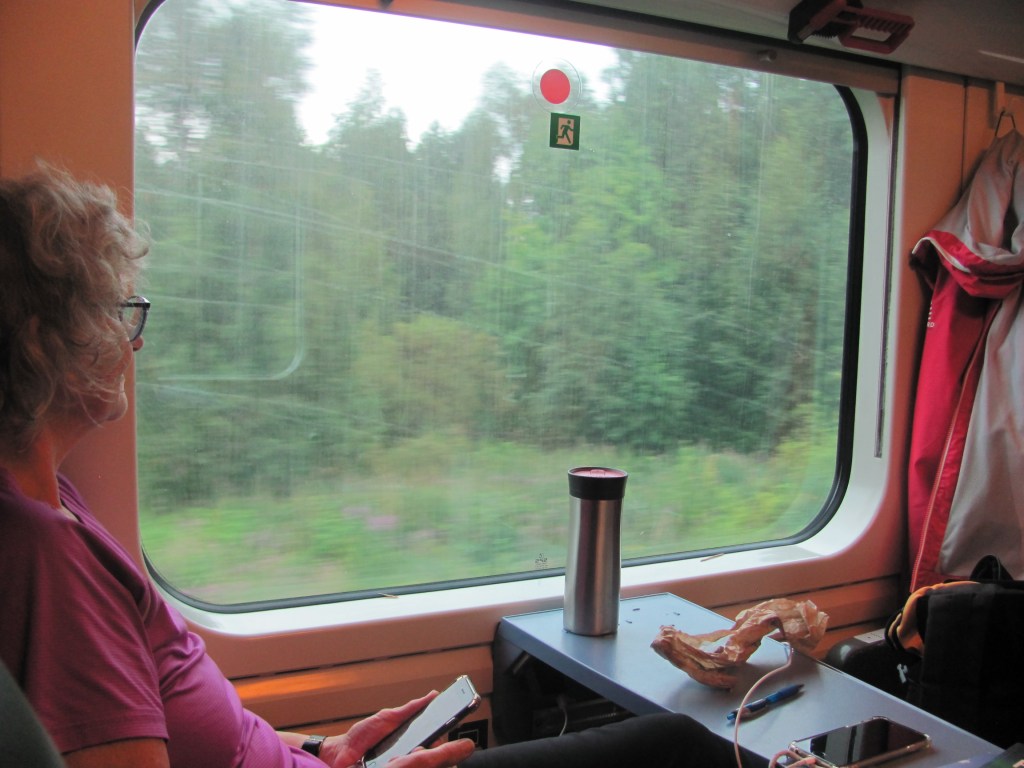
“Like the clickety-clack/Of a train on a track/It’s got rhythm to spare”, I hum contentedly to myself.
“Neil Diamond”, says the First Mate. “Why are you humming that? I haven’t heard that one for years.”
“I used to like it when I was younger”, I answer. “The noise of the train as it trundles through the forest suddenly reminded me of it. It’s a beautiful noise, a sound that I love”.
“What did you do with the money?”, asks the First Mate.
“What money?”, I say, knowing the answer already.
“The money your mother gave you for singing lessons”, she says gleefully.
The old ones are the best ones.
Every so often, we pass clearings in the forest where some hardy souls are attempting to make a living from farming. Small isolated cabins have skidoos parked in the driveway, a reminder that the beautiful weather were are currently experiencing is only temporary, and that for much of the year this landscape is covered in snow and ice. Skidoos are the only practical way to travel then.
“Look at that beautiful little lake”, says the First Mate, pointing out the window. “And that little skiff tied up to the wooden jetty. It’s all so picturesque.”
We eventually reach Rovaniemi. The train grinds to a halt, and the passengers spill out onto the platform. The air is cooler than in Kemi, giving the place the air of an alpine resort. Backpackers eager to set off on their treks adjust their packs one last time, families rush to board the bus that goes to Santa’s Village, expectant taxi-drivers wait for their next customer.

“Let’s go and visit the Arktikum first”, says the First Mate. “It’s about 20 minutes’ walk from here. We can have lunch there. Then we can have a quick look at the Pilke forestry place, and come back and do the Korundi art gallery. You can get a Culture Pass ticket that covers all three for little more than the ticket for one of them. Then if there is any time left we can get the bus out to Santa’s Village.”
By the time we arrive at the Arktikum museum, we are feeling peckish. The restaurant is doing a buffet. We pile our plates full of traditional Finnish food.
“I wonder what these little fish are?”, says the First Mate. “They’re absolutely delicious with the dill sauce on them. I think they might be herrings.”
“The menu says that they are muiket”, I say. “Mr Google tells me that’s vendace in English. They are a freshwater fish common in northern Europe, including the upper reaches of the Baltic. And by the way, those are parsnip chips, not potato chips. Anyway, eat up, and we can go and have a look.”

First up is the Northern Lights theatre. We lie back on the comfortable cushions looking up into the night sky. A polar bear forms itself spookily from the Great Bear constellation and walks slowly off to the northern horizon. Gradually the greens, reds and blues of the northern lights appear and move eerily across the sky, folding and stretching themselves like ethereal curtains. We learn that they are formed from ionic particles from the sun crashing into oxygen, hydrogen and nitrogen atoms in the earth’s atmosphere.

“Come and see the moose”, says the First Mate as we leave the theatre. “We probably won’t see a real live one, but this is the next best thing.”

“And these brown bears”, I say. “It says that the ancient Finns revered them due to their divine origin, and saw them as Kings of the Forest. They were hunted in the 1960s, but now are strongly protected.”
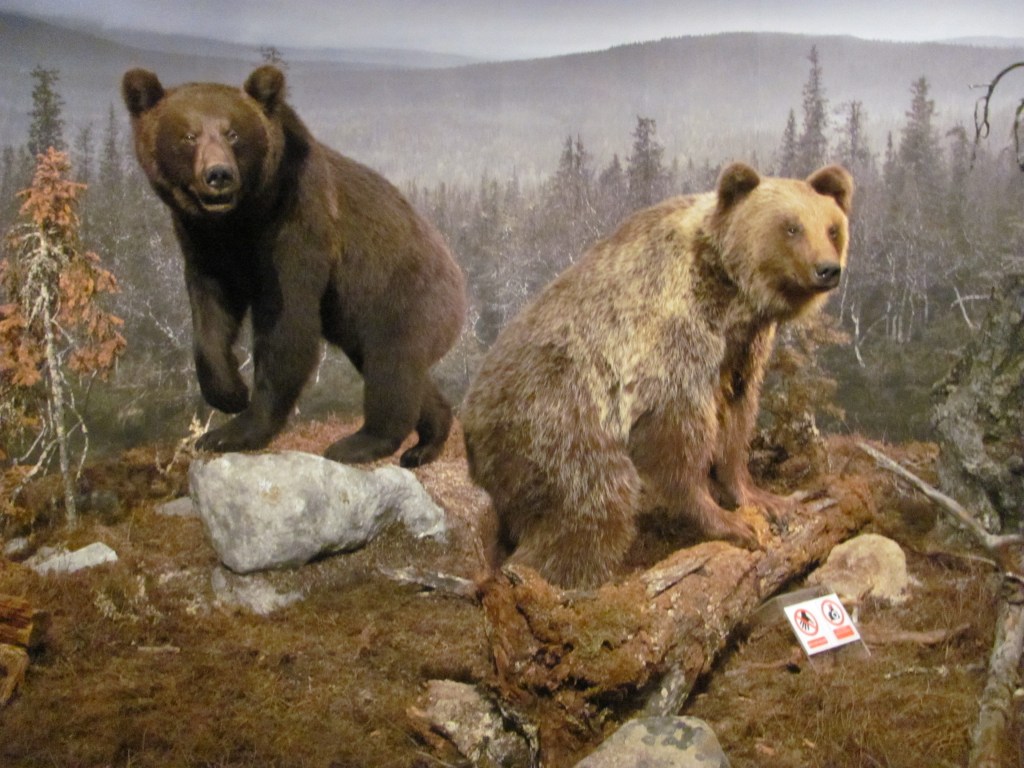
After a couple of hours, we have seen all there is to see.
“I suppose the thing that shocked me the most was the effect that man’s activities are having on the Arctic”, says the First Mate over a coffee. ”Apparently around 25% of its area is already affected. There’s the well-known impact of climate change, of course, but what I hadn’t appreciated was the influence of alien species and pollutants there as well.”
“Yes, it is serious that temperatures are rising up here three times faster than the global average”, I say, trying to remember what I had read. “That’s a lot. Usually, the ice reflects much of the sun’s energy back into space, but as it melts it exposes the darker surface underneath. That in turn results in more warming, more ice disappearing, and so the cycle continues. That affects weather patterns elsewhere in the world. It’s all interconnected.”
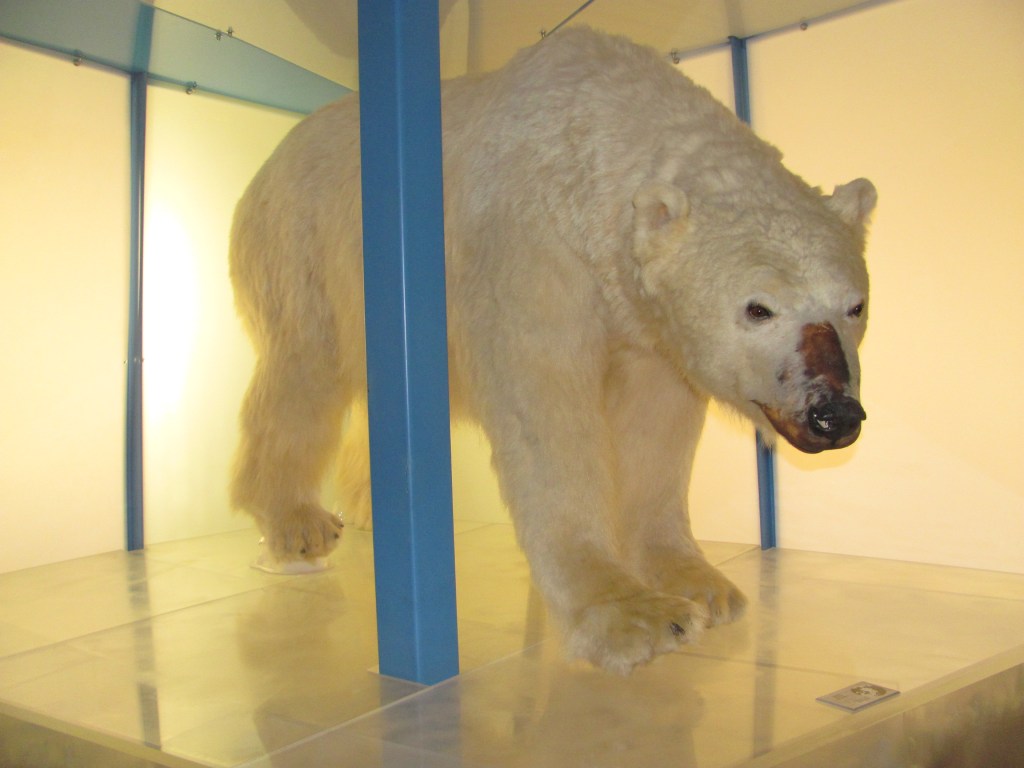
“And did you read that bit on the red king crab?”, she says. “It was purposely introduced into the Barents Sea by the Russians, but because of the lack of natural predators, it has multiplied, and now it is doing lots of damage to the natural ecosystems. Although it is valuable commercially and generates income, it eats everything that it comes across and is creating underwater deserts. It also eats the eggs of a fish species that cod feed on, so the worry is that cod numbers may be affected.”

“And all those nasty chemicals we are producing that end up in the Arctic”, I say. “Persistent Organic Pollutants or POPs. They take a long time to degrade and are accumulating there, often in the fatty tissues of the animals.”
“Why don’t they do something about them?”, asks the First Mate. “Surely they know they are bad?”
“They are trying”, I say. “There is the Stockholm Convention on Persistent Organic Pollutants to limit chemicals such as PCBs and DDT, but unfortunately not every country sticks to the rules.”
“It’s easy to forget that all the mess we make in our day-to-day lives also affects up here too, even though it is so far away”, she says with a sigh. “At least we are more aware of it now.”
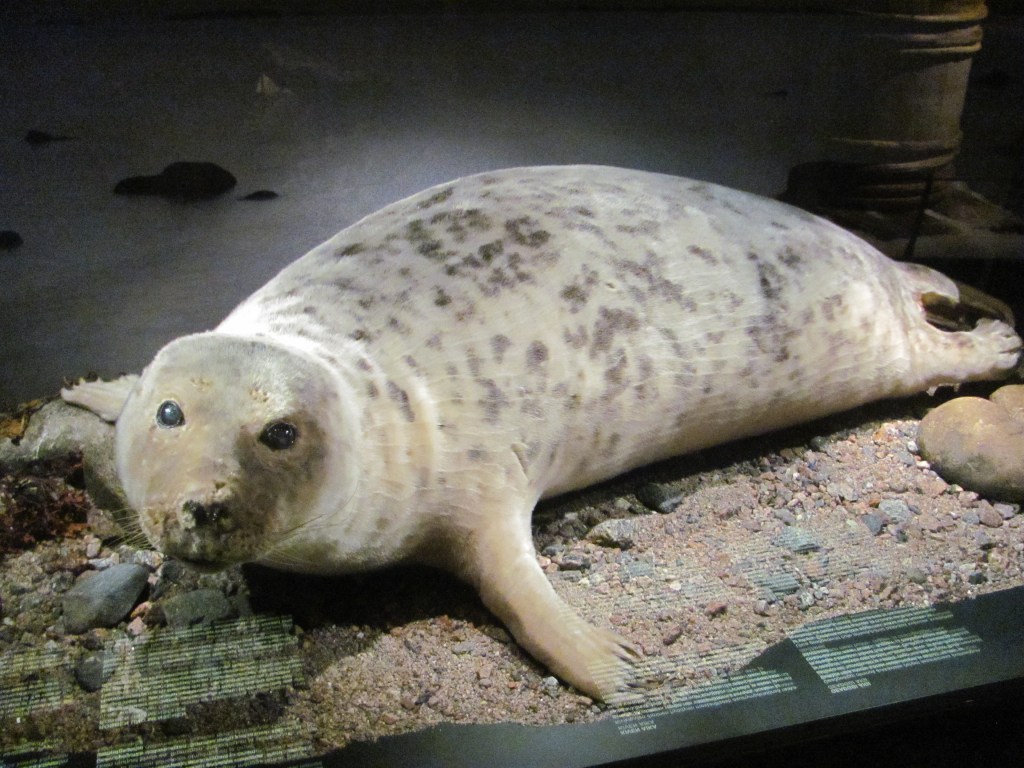
We catch the train back to Kemi again. Just before we get there, it starts to rain. Torrentially.
“We’re going to get wet”, I say. “We’ll need our rain jackets and umbrellas.”
Magically, it stops raining just as the train pulls into Kemi station. We walk back through the wet streets of the town feeling dismal.
“I know the weather affects your impression of a city”, says the First Mate. “But I have to say that I find Kemi all a bit dreary. It doesn’t really have much character. Perhaps in the winter it is more lively.”

In the morning, I discover we have run out of yoghurt for my muesli.
“Perhaps you can get a baguette as well”, says the First Mate as I leave for the supermarket.
Finding the yoghurt is no problem, but I can’t see any baguettes.
“No, sorry, we don’t have baguettes here”, say the girl when I ask her. “But you could try the supermarket a couple of blocks down.”
They don’t have any baguettes either. Supermarkets, pah! Back on the street, I decide to ask in the nearest shop if there is a bakery in the town that might sell baguettes. It turns out to be a pharmacy. The woman looks at me puzzled.
“No, we don’t sell baguettes here”, she says, in halting English.
“No, I mean, do you know if there is a bakery near here where I can buy baguettes?”, I say.
She calls one of her colleagues over. There is an intense discussion in Finnish. One of the customers joins the conversation too. The second shop assistant makes a shape with her hands of something long and thin. Occasionally, I can work out the word ‘baguette’. The customer gesticulates, pointing down the road. I am starting to regret that I ever asked about the bakery. Then the first shop assistant turns back to me.
“There isn’t a bakery, but we think the supermarket down the road has baguettes”, she says.
It’s the first supermarket I went to. I begin to feel that I am trapped in some endless Groundhog Day.
“Many thanks, I’ll try there”, I say, trying to smile.
I head glumly back to the boat to admit failure.

Very enjoyable and interesting! Didnt realise the Finns had it so tough – but looking at the map it makes sense.
LikeLike
Uli, good to hear from you. Yes, there has been a lot of fighting and scapping going on up here over the years that I never really knew about. Interesting to find out about it all though.
LikeLike
I so enjoy reading about your travels and all the interesting facts and information!
>
LikeLike
Thanks Birgitta. Yes, lots of history up here that we were unaware of, so great to learn all about it and see some of the places.
LikeLike